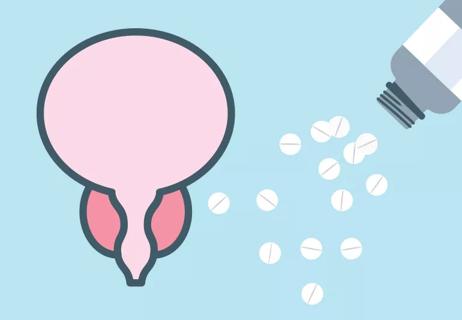A whole different approach to the problem

As men age, a common condition they have to deal with is enlargement of the prostate gland — also called benign prostatic hyperplasia (BPH). This enlargement can lead to discomfort while urinating and even blockage, as well as other bladder, urinary tract or kidney problems.
Advertisement
Cleveland Clinic is a non-profit academic medical center. Advertising on our site helps support our mission. We do not endorse non-Cleveland Clinic products or services. Policy
Medications can help in some cases, but when problems become so severe that the patient is unable to empty his bladder, it’s time to look at surgical interventions.
There are different types of surgeries for BPH, from the most common — TURP (transurethral resection of the prostate) — to laser surgery and open prostatectomy, all of which remove parts of the prostate to improve urine flow. Each procedure has its benefits based on the patient’s age, anatomy and overall health.
Enter a lesser known procedure with the funny name — holmium laser enucleation of the prostate — or HoLEP. Urologist Smita De, MD, PhD, says despite many factors in its favor, HoLEP to treat BPH has not achieved widespread popularity in the U.S.
In comparison with several other BPH procedures, the benefits of HoLEP include a shorter hospital stay and decreased bleeding risk.
With HoLEP, the need for retreatment of BPH is much less of a problem than it is for patients who have had certain other noninvasive treatments. “The retreatment rate for HoLEP is typically less than 1 to 2 percent,” she notes.
Another advantage of HoLEP is that it can effectively treat very large prostates. “A lot of procedures, especially some of the newer ones and some other minimally invasive procedures, don’t necessarily work well on very large prostates,” Dr. De says.
Advertisement
HoLEP, on the other hand, is a size-independent procedure. HoLEP approaches the task of treating BPH from a different direction than other noninvasive treatments. “Most other procedures for BPH work from the inside out,” she says. “They are carving out the middle of the prostate Roto-Rooter-style, like TURP, or lasering it from the inside.”
Dr. De explains further, “With HoLEP, we are working just under the surface of the organ. We are at the outer edges of the prostate trying to remove every bit of the benign obstructing tissue. We are often able to get more tissue than other procedures that work from the inside.”
So why isn’t HoLEP more widely used here?
Newness is not the issue, according to Dr. De. “HoLEP is not a new procedure; it’s been around since the 1990s, but not as many physicians have learned the technique.” She notes that there isn’t a company strongly supporting or advertising the procedure because it is not done with a specific medical device. “It’s simply a technique using many instruments we already have, including a high-powered laser and another instrument that breaks up the tissue.”
It’s important to understand that HoLEP may present some disadvantages too, Dr. De notes. “HoLEP might be a longer procedure than some of the others available, so the patient must be under anesthesia longer.”
She adds, “I don’t think that it’s a one-size-fits-all situation when it comes to choosing a procedure. Different surgeries are appropriate for different patients. You will want to talk to your doctor to understand your situation and determine what would work best to treat your BPH.”
Advertisement
Learn more about our editorial process.
Advertisement

Trouble peeing and leaking urine are common indicators of prostate gland issues

A prostate massage is used most often for sexual stimulation

Research raises doubts about the effectiveness of supplements for your prostate

Foods that can help, and harm, your prostate

Here’s what you need to know about ED, which most men experience to some degree during their lives

‘Morning wood’ is a natural bodily function and a sign of sexual health

Yes, new fathers can experience mood changes after bringing baby home

Getting stronger, feeling better and staying active isn’t just possible — it’s doable

If you’re feeling short of breath, sleep can be tough — propping yourself up or sleeping on your side may help

If you fear the unknown or find yourself needing reassurance often, you may identify with this attachment style

If you’re looking to boost your gut health, it’s better to get fiber from whole foods